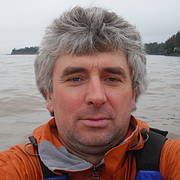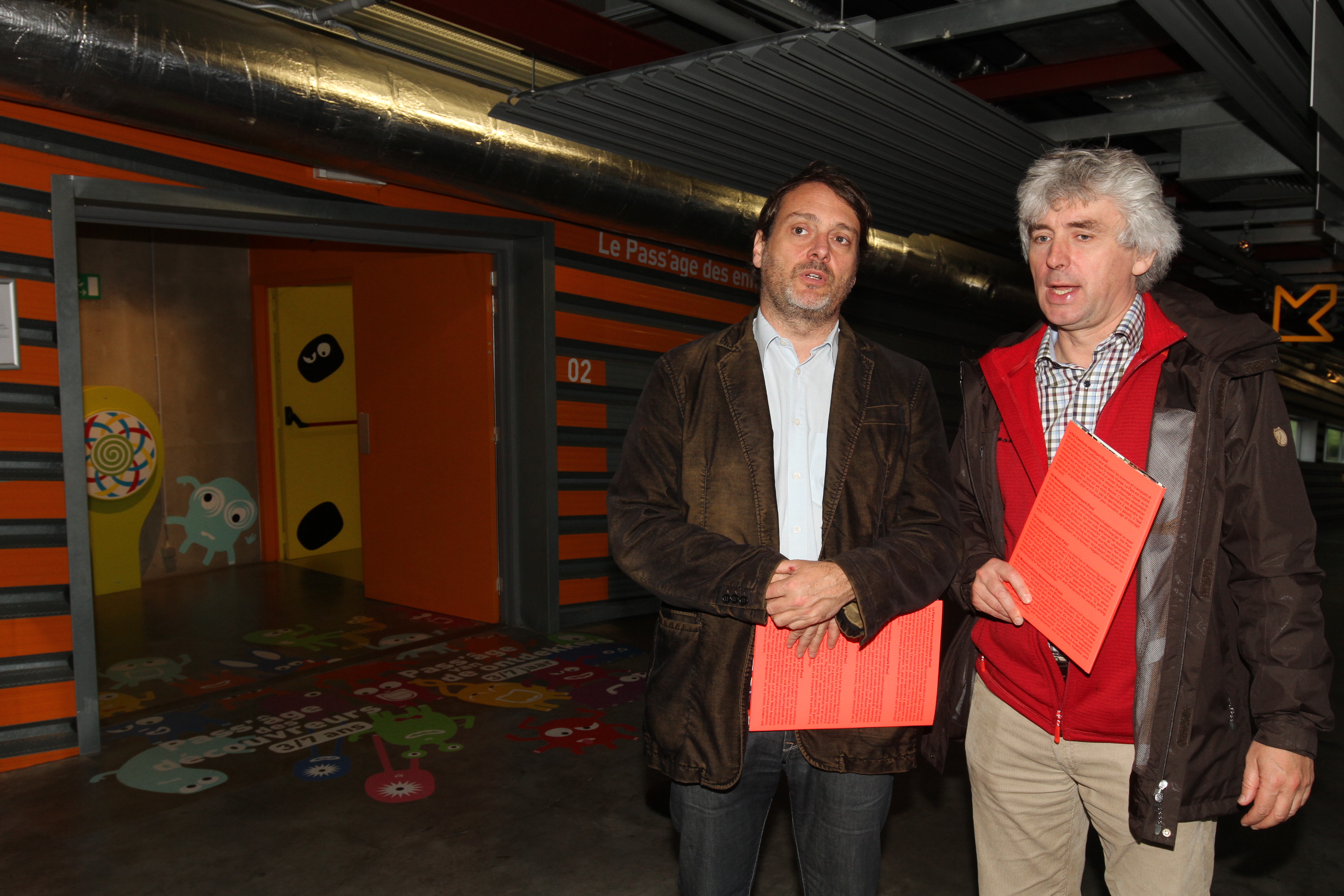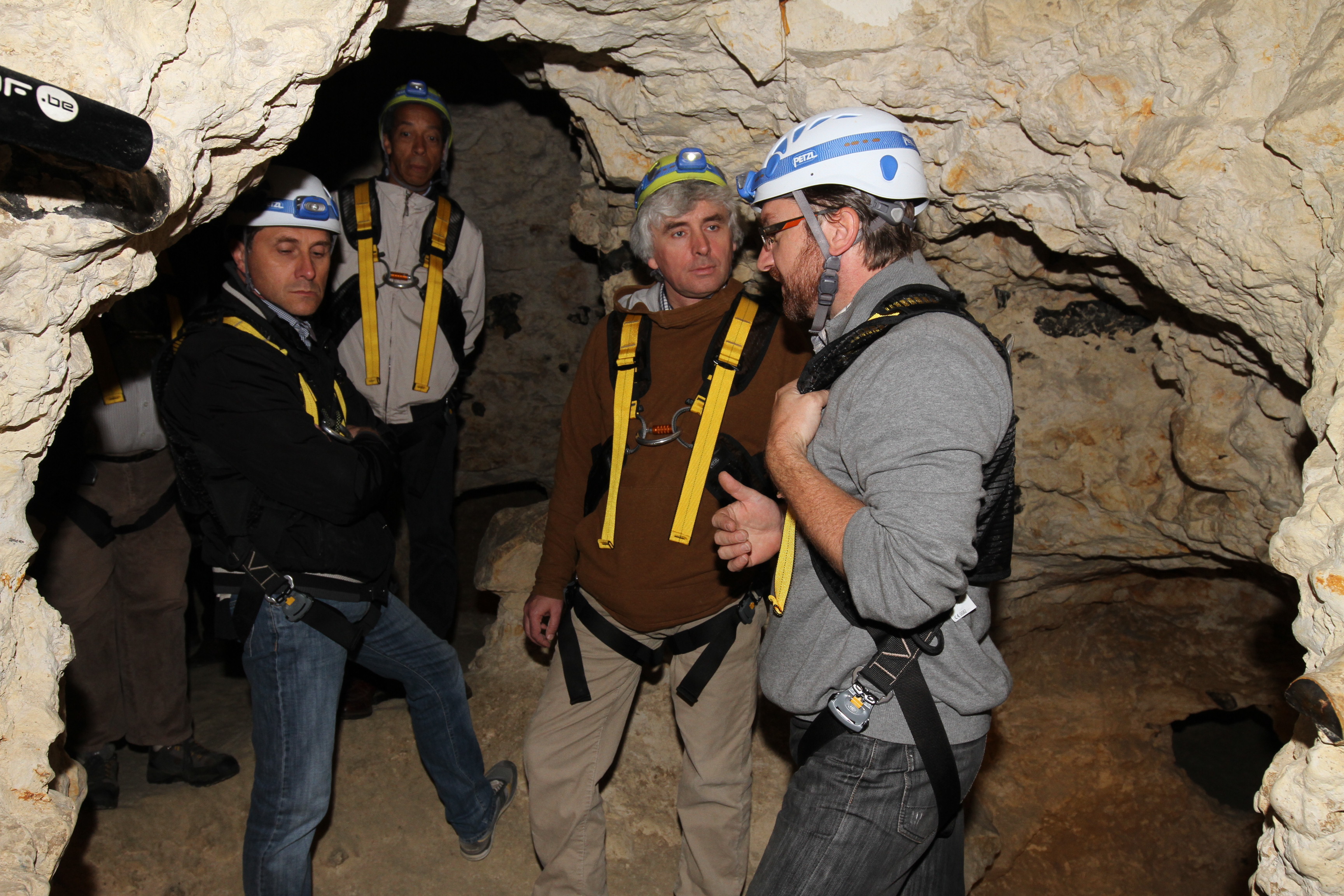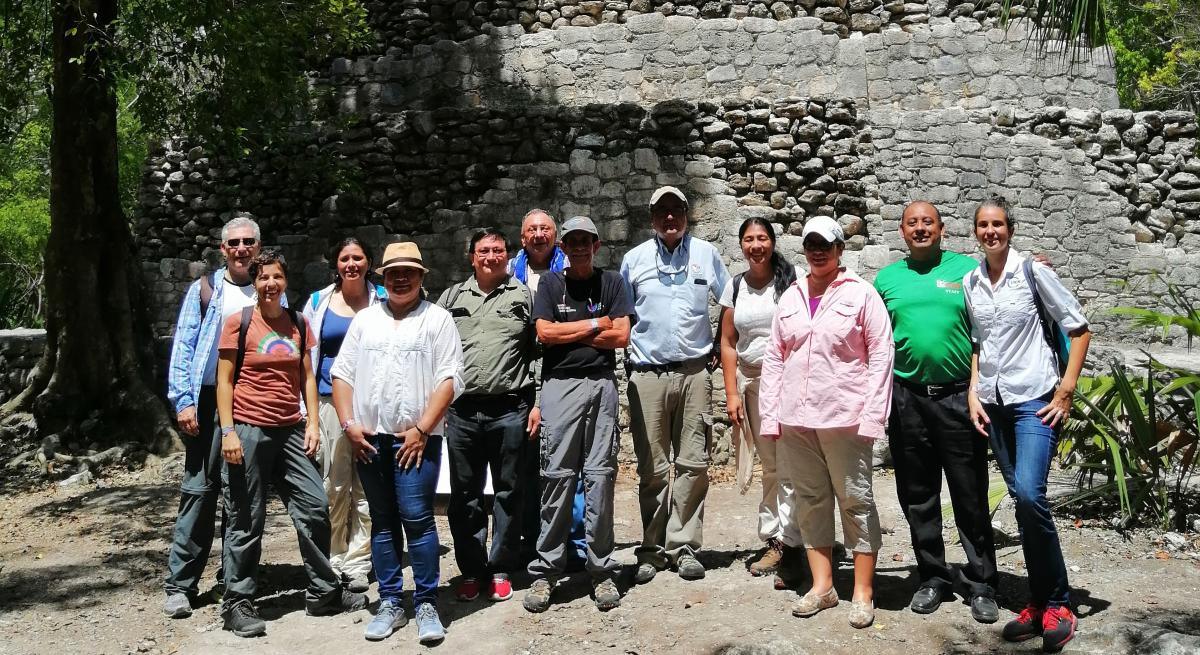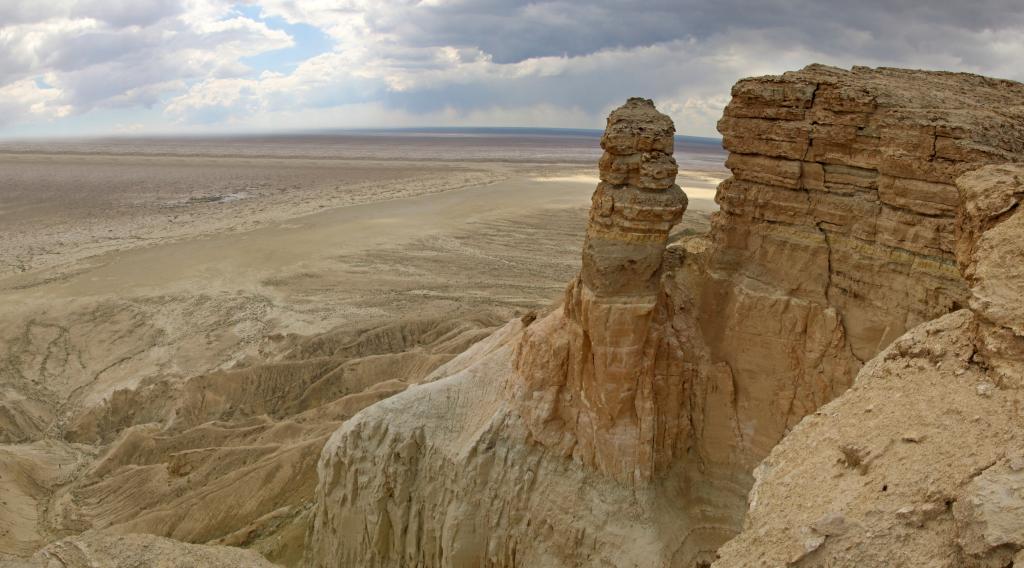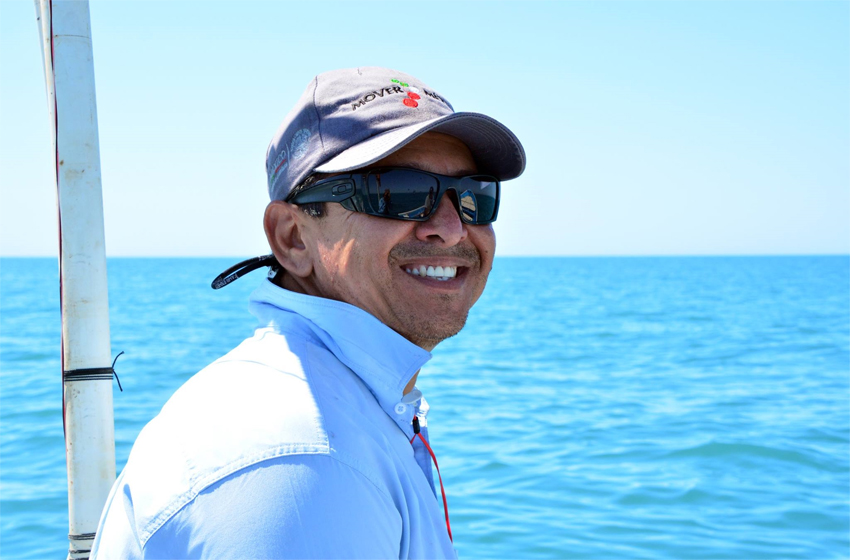Europe leading the way on World Heritage and nature conservation performance
By Tim Badman, Director – World Heritage Programme, IUCN
Last week, I had the opportunity to conduct an evaluation visit to Belgium’s first application to UNESCO for a Global Geopark, in the region around Mons, together with the Director of the IUCN European Regional Office in Brussels, Luc Bas. Although the evaluation was not about World Heritage, the area proposed for listing includes four cultural World Heritage Sites, celebrating Neolithic mining, coal-mining heritage, canal engineering and the historic belfries of Belgium and France, as well as a UNESCO listing for the “intangible heritage” of traditional carnivals and markets in the region.
The visit reinforced the strong commitment in Europe to World Heritage, and to international protection of important sites. The World Heritage Convention, established in 1972, is possibly the most universally recognized global environment agreement, signed by 191 of 195 UNESCO member states. The World Heritage List protects just over 1,000 natural and cultural sites considered to have “outstanding universal value”. Sites on the list are expected to be managed and monitored by the state party in order to maintain their value.
The Convention is important in enabling and challenging us to conserve and celebrate areas of the world that we jointly value. In seeking to safeguard these areas for future generations, World Heritage transcends changing developmental pressures and reminds us that some things really are irreplaceable. It also makes tangible the relationship between people and nature, denoting cultural and natural heritage as universally important.
IUCN has a unique role in the World Heritage Convention. We are named in the Convention itself and are the recognized adviser to its governing Committee on nature. In this role, we evaluate all nominated natural sites and have a mandate to monitor all that have been listed. And while natural sites make up only 20% of global sites, they dominate in terms of area. Approximately 279 million hectares of land and sea are protected under the convention; that’s almost three times the area covered by the Natura 2000 network of protected areas in Europe. Almost every one of Europe’s natural World Heritage Sites overlaps with a Natura 2000 site.
Looking at the list as a whole, close to half of all World Heritage sites are currently found in Europe (a large number of those are cultural sites, which poses a challenge to the balance of the list). This presents Europe with a unique opportunity for leadership – capable of supporting sites both within and outside the region, and sharing success stories. Europe’s World Heritage leadership potential was also underlined in the new IUCN World Heritage Outlook, the first ever global assessment of natural World Heritage, launched at the IUCN World Parks Congress in Sydney in November 2014, and showcased at the recent Little Sydney conference in Austria. This assessment showed that in terms of its World Heritage sites, Europe has the strongest nature conservation performance of any region.
Mons’ aspiration to join the Global Geoparks Network also reminds us that World Heritage, albeit the most universally recognised, is only one of a number of international nature designations where Europe has taken a lead. The Geopark idea, which designates a unified area with geological heritage of international significance, originated in Europe, catalyzed by support from the EU, and it is growing rapidly. In addition, Biosphere Reserves and Ramsar Sites are also a strong part of Europe’s conservation heritage. All of these initiatives demonstrate practical examples of “thinking globally and acting locally”. While decisions on the Mons candidature await discussion later in the year, this first Geopark proposal for Belgium is driven by local commitment and ambition, and linked to areas already recognised as World Heritage, and Natura 2000.
IUCN is committed to supporting World Heritage and to continuing and intensifying its work to celebrate and promote the international conservation leadership and potential of Europe. We would welcome the ideas of IUCN’s members and partners in Europe on how IUCN, and other actors, can play their role to strengthen World Heritage in the region.
